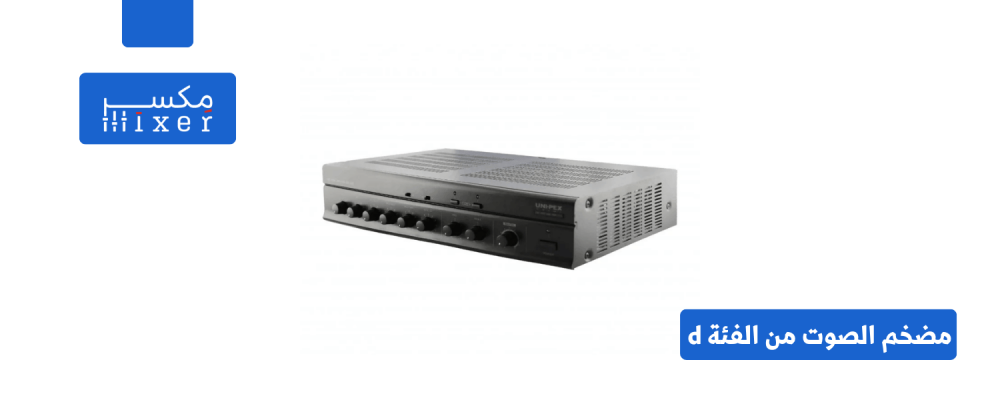Introduction :
Class D power amplifiers have emerged as a dominant force in audio amplification due to their exceptional efficiency and compact size. Unlike traditional Class A, B, or AB amplifiers, which dissipate a significant amount of power as heat, Class D amplifiers convert most of the input power into useful output power, resulting in lower operating temperatures and improved battery life in portable devices.
How Does a Class D Amplifier Work?
Class D amplifiers employ pulse-width modulation (PWM) to control the output power. Instead of directly amplifying the audio signal, they generate a series of high-frequency pulses whose width corresponds to the amplitude of the audio signal. These pulses are then passed through a low-pass filter to reconstruct the original audio waveform.
The key to Class D efficiency lies in the high-speed switching transistors used in the PWM circuit. These transistors can be switched on and off very quickly, minimizing the time during which they are conducting and dissipating power. As a result, most of the input power is delivered to the load, rather than being wasted as heat
Benefits of Class D Amplifiers :
- High Efficiency: Class D amplifiers typically achieve efficiencies of 80-90% or higher, significantly reducing heat dissipation and improving overall power consumption.
- Compact Size: The high efficiency of Class D amplifiers allows for smaller and lighter designs, making them ideal for portable audio devices, home theater systems, and car audio applications.
- Lower Operating Temperatures: Reduced heat generation means lower operating temperatures, leading to improved reliability and longer component life.
- Improved Battery Life: In battery-powered devices, the high efficiency of Class D amplifiers can extend battery life significantly.
- Lower Cost: Due to the simpler design and fewer components required, Class D amplifiers can often be manufactured at a lower cost than traditional amplifiers.
Applications of Class D Amplifiers :
Class D amplifiers are used in a wide range of applications, including:
- Portable Audio Devices: Smartphones, tablets, laptops, and portable speakers.
- Home Theater Systems: Receivers, amplifiers, and soundbars.
- Car Audio Systems: Amplifiers and head units.
- Professional Audio Equipment: Power amplifiers, mixers, and digital signal processors.
- Industrial Applications: Motor drives, power supplies, and welding equipment.
In conclusion :
Class D power amplifiers have revolutionized the audio amplification industry with their exceptional efficiency, compact size, and reliability. Their ability to convert most of the input power into useful output power makes them a popular choice for a wide range of applications. As technology continues to advance, we can expect to see even more innovative and efficient
Class D amplifiers in the future.

